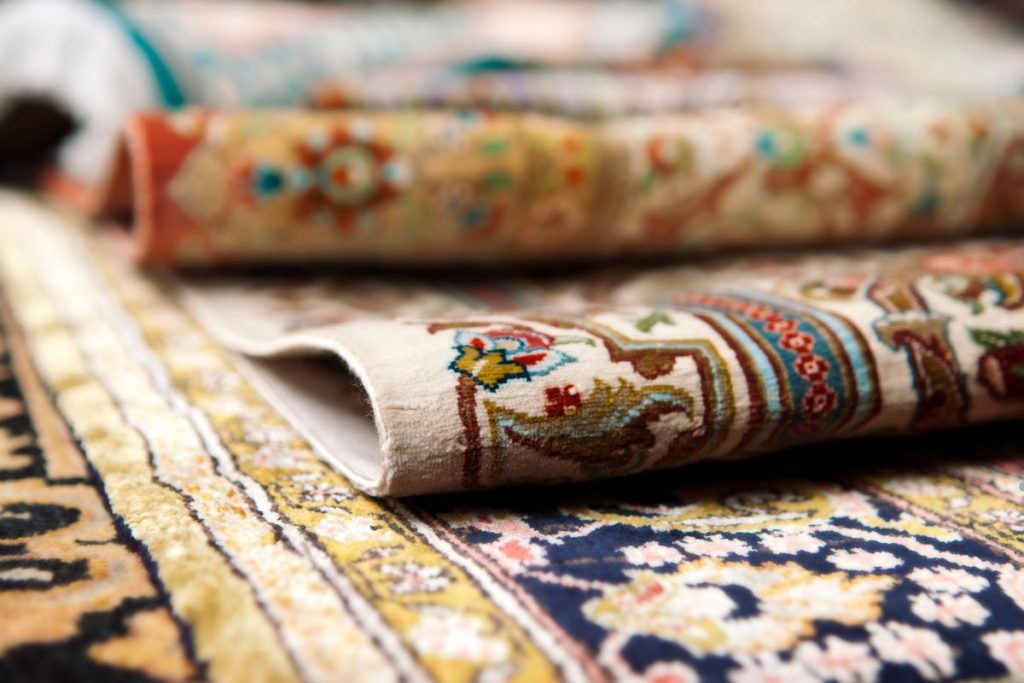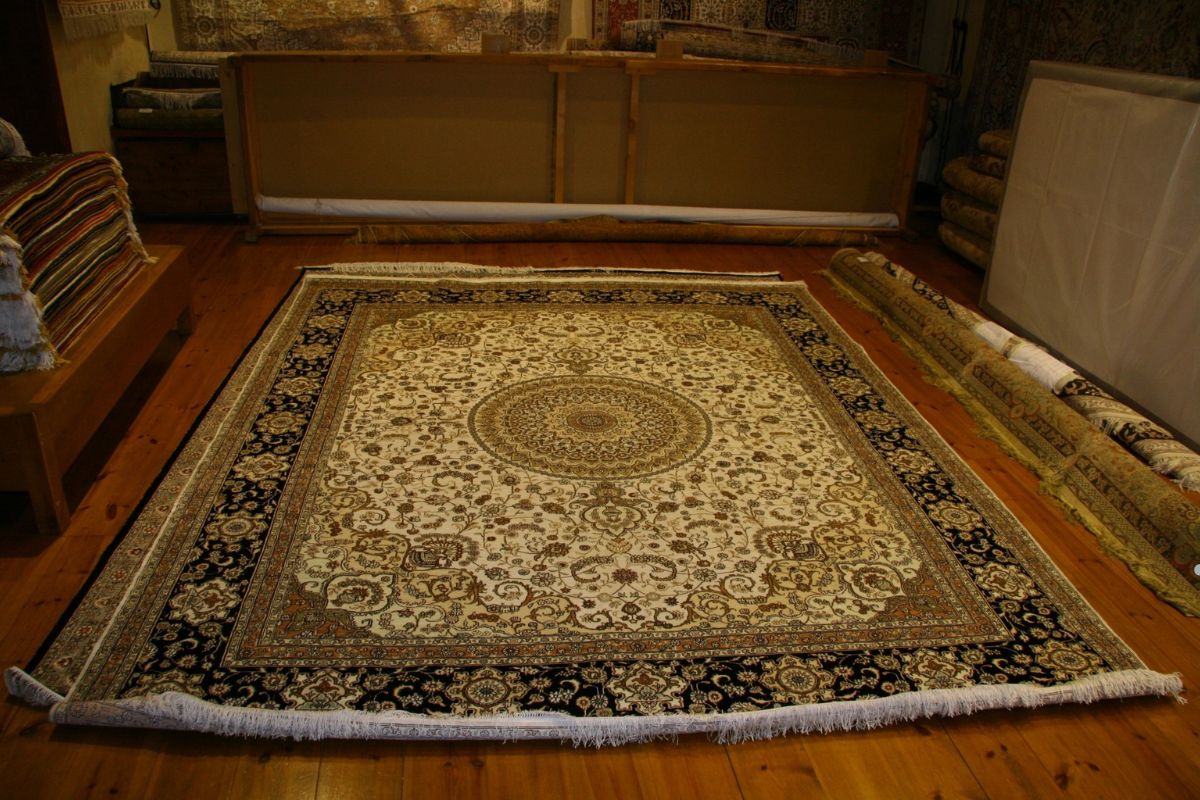
The short answer is yes, absolutely, water can destroy carpets. While a small spill blotted up quickly might not cause lasting harm, significant water exposure from leaks, floods, or appliance malfunctions poses a serious threat. If not addressed rapidly and correctly, water can lead to irreversible damage, including mold growth, structural breakdown, staining, and persistent odors, ultimately ruining your carpet and potentially impacting your home’s air quality and structure. Understanding how this happens and what to do is crucial for protecting your investment.
The Short Answer: Yes, Water Can Destroy Carpets
Water may seem harmless, but when it saturates carpet fibers and padding, it triggers a chain reaction of damage. Beyond just looking damp, trapped moisture can weaken carpet materials, encourage the growth of mold, mildew, and bacteria, and lead to unpleasant odors and health risks. Ignoring wet carpet or using improper drying methods can result in costly replacements and long-term damage. We specialize in professional water damage restoration and carpet cleaning to prevent further issues and restore your home’s comfort. Don’t wait—call us today for expert service!
Understanding How Water Damages Carpet Fibers and Backing
Water doesn’t just sit benignly on your carpet; it actively works to break it down. Several key damaging mechanisms come into play:

Mold and Mildew Growth: The Hidden Danger
This is often the most significant long-term threat. Carpet and padding provide an ideal environment (food source, moisture, darkness) for mold and mildew spores, which are always present in the air. Once moisture is introduced, spores can begin to colonize within as little as 24 to 48 hours authoritative source like EPA/CDC on mold growth. Mold not only stains and digests carpet fibers but also releases spores that can cause respiratory problems and allergic reactions.
Carpet Delamination: When Layers Separate
Most carpets consist of face fibers tufted into a primary backing, which is then adhered to a secondary backing using latex adhesive. Prolonged water saturation can break down this latex glue, causing the primary and secondary backings to separate – a process called delamination. This results in ripples, bubbles, and a carpet that essentially falls apart.
Staining and Discoloration
Water may seem harmless, but it can leave behind mineral stains as it evaporates. Even worse, moisture can pull dirt from the subfloor or padding, causing widespread discoloration. In some cases, carpet dyes may bleed or fade, leading to permanent damage. Our professional carpet cleaning services help restore and protect your carpets from water-related stains and discoloration.
Odor Problems That Linger
Wet carpets quickly develop a distinct musty, unpleasant smell. This odor comes from bacteria thriving in the damp environment and the off-gassing of mold and mildew growth. Even after the carpet feels dry to the touch, trapped moisture in the padding can perpetuate these foul odors, making the room smell constantly damp and unclean.
Weakening of Fibers and Padding
Excess moisture compromises the integrity of both natural fibers (like wool, which can shrink or rot) and synthetic fibers. The underlying padding, often made of foam or fiber, acts like a sponge, absorbing large amounts of water. Prolonged moisture causes the padding to break down, lose its cushioning, and accelerate the deterioration of your carpet. Don’t let water ruin your carpets—call us today for professional restoration and cleaning!
Not All Water is Equal: Clean, Gray, and Black Water Explained
The type of water involved dramatically affects the risk level and the potential for saving your carpet. Water damage professionals categorize water intrusion into three types:
- Clean Water: This originates from sources that don’t pose a substantial threat initially, like broken supply lines, faucet overflows, or rainwater. While “clean” initially, it can become contaminated if it sits too long or mixes with contaminants in the building structure. Carpets affected by clean water have the highest chance of being successfully restored if addressed quickly.
- Gray Water: This water contains significant contamination and can cause sickness if ingested. Sources include washing machine or dishwasher overflows, toilet overflows (urine only, no feces), and sump pump failures. Gray water contains bacteria and cleaning agents, making restoration more complex and requiring thorough cleaning and disinfection.
- Black Water: This is grossly contaminated water containing pathogenic agents, toxins, and harmful bacteria. Sources include sewage backflows, toilet overflows with feces, and floodwaters from rivers or streams that may contain pesticides, heavy metals, and waste. Carpets saturated with black water are typically considered unsalvageable due to the severe health risks and should be removed and disposed of according to safety protocols. Understanding the dangers of black water is critical.
Key Factors That Determine the Extent of Carpet Damage
Not every wet carpet situation results in total loss. Several critical factors influence the severity of the damage and the likelihood of successful restoration:
- Volume of Water: A small spill is vastly different from a basement flood. The sheer amount of water dictates how deeply saturated the carpet and padding become.
- Duration of Exposure: This is arguably the most critical factor. The longer carpet stays wet, the higher the chance of mold growth, delamination, bacterial proliferation, and permanent fiber damage. Acting within the first 24-48 hours is vital.
- Type of Water: As discussed above, clean water offers the best chance for restoration, while black water almost always necessitates removal.
- Carpet and Padding Material: Some materials are more resilient than others. Synthetic fibers like nylon or polyester tend to fare better than natural fibers like wool. The type and density of the padding also affect how much water it retains and how easily it can be dried.
What to Do Immediately When Your Carpet Gets Wet
If you encounter water on your carpet, taking swift action can make a significant difference. For minor, clean water incidents, consider these steps (always prioritize safety):
- Safety First: If water is near electrical outlets or appliances, shut off the power to the affected area at the breaker box before entering.
- Stop the Source: If possible, identify and stop the source of the water (e.g., turn off the main water valve for a burst pipe).
- Remove Excess Water: Use a wet/dry vacuum (shop vac) specifically designed for water pickup to extract as much moisture as possible. If you don’t have one, blot the area repeatedly with clean, absorbent towels, pressing firmly. Replace towels frequently.
- Promote Air Circulation: Open windows (if humidity outside isn’t high) and use fans (floor fans, ceiling fans) directed at the wet area to accelerate surface drying.
- Use a Dehumidifier: Place a dehumidifier in the room to draw moisture out of the air and materials, significantly speeding up the drying process.
- Lift Furniture: Remove furniture from the wet area or place waterproof barriers like aluminum foil squares or plastic blocks under furniture legs to prevent staining and rust marks.
- Check the Padding: Pull back a corner of the carpet (if possible) to check if the padding underneath is wet. Soaked padding requires professional attention.
Remember, these steps are primarily for small, clean water issues. For larger spills, contaminated water, or if the carpet remains wet after 24 hours, professional help is usually required. Explore our guide on emergency water damage steps for more detail.
Knowing When DIY Isn’t Enough: Signs You Need Professional Help
While quick DIY actions are helpful, many water damage scenarios require professional intervention to prevent lasting damage and health risks. You should call professionals if:
- Large Area Affected: Significant portions of a room or multiple rooms are wet.
- Water Saturation Persists: The carpet or padding is still damp after 24-48 hours despite drying efforts.
- Contaminated Water Involved: The water source is Gray (Category 2) or Black (Category 3). Attempting to clean this yourself poses health risks and is often ineffective.
- Padding is Soaked: The underlay is saturated; DIY methods rarely dry padding effectively before mold growth begins.
- Visible Mold Growth: You see or smell mold or mildew. This requires specialized mold remediation techniques.
- Sewage Backup: Any contact with sewage necessitates professional cleanup and disinfection.
- Lack of Proper Equipment: You don’t have access to powerful water extraction units, commercial-grade air movers, and dehumidifiers needed for thorough drying.
Professional water damage restoration companies have the training, experience, and industrial-strength equipment to extract water efficiently, dry structures completely (including hidden moisture), sanitize affected areas, and prevent or remediate mold growth.
Proactive Steps: How to Prevent Water Damage to Your Carpets

While accidents happen, taking preventative measures can significantly reduce the risk of water damage impacting your carpets:
- Regular Inspections: Periodically check plumbing under sinks, around toilets, and near water heaters and washing machines for any signs of leaks, corrosion, or failing hoses. Replace washing machine hoses every 3-5 years.
- Appliance Maintenance: Follow manufacturer guidelines for maintaining appliances like dishwashers, refrigerators with ice makers, and washing machines.
- Know Your Shut-Off Valve: Ensure everyone in the household knows the location of the main water shut-off valve and how to operate it in an emergency.
- Maintain Gutters and Downspouts: Keep gutters clean and ensure downspouts direct water well away from your home’s foundation to prevent seepage.
- Check Window and Door Seals: Ensure seals are intact to prevent water intrusion during heavy rain.
- Sump Pump Maintenance: If you have a basement or crawl space with a sump pump, test it regularly (especially before rainy seasons) and consider a battery backup system.
- Monitor Water Bills: An unexpected increase in your water bill could be a sign of a hidden leak that needs immediate attention. By taking proactive steps to prevent water damage, you can avoid costly repairs and major headaches down the line. Suspect a leak? Call us today for expert inspection and water damage prevention!
Frequently Asked Questions About Water and Carpets
Here are answers to some common questions homeowners have about water-damaged carpets:
Can a wet carpet be saved?
It depends heavily on the factors mentioned earlier: the type of water (clean water offers the best chance), how long it was wet (under 24-48 hours is ideal), and whether the padding is saturated. Prompt, professional drying significantly increases the chances of saving a carpet affected by clean water. Carpets hit by black water are rarely salvageable.
How long does it take for mold to grow in wet carpet?
Mold can begin to grow in damp conditions within just 24 to 48 hours. This is why rapid drying is absolutely crucial. If a carpet stays wet longer than this, mold becomes a near certainty.
Is it safe to clean water-damaged carpet myself?
For very small spills involving clean water (Category 1), DIY cleaning and drying might be okay if done immediately and thoroughly. However, attempting to clean large areas or carpets affected by gray (Category 2) or black water (Category 3) yourself is risky due to potential health hazards from contaminants and the difficulty of ensuring complete drying and disinfection without professional equipment.
Does homeowners insurance cover water damage to carpets?
Coverage depends entirely on your specific policy and the cause of the water damage. Most standard policies cover sudden and accidental damage (like a burst pipe) but exclude damage from gradual leaks, lack of maintenance, or flooding (flood insurance is typically a separate policy). It’s best to review your homeowners insurance policy or contact your agent to understand your specific coverage.
Protecting Your Investment: Final Thoughts on Water and Carpets
So, does water destroy carpets? The potential is undeniably there. Water acts fast, creating pathways for mold, odors, structural breakdown, and staining. The key takeaways are clear:
- Act Immediately: Time is your enemy when carpets get wet.
- Identify the Water Type: Clean, gray, and black water require different responses.
- Thorough Drying is Essential: Surface drying isn’t enough; padding and subfloors must be addressed.
- Prevention Helps: Regular maintenance can avert many water disasters.
- Know When to Call Professionals: For significant water intrusion, contaminated water, or persistent dampness, professional water damage restoration is the safest and most effective solution.
Your carpets play a key role in your home’s comfort and appearance, so keeping them safe from water damage is essential. Acting fast is crucial—delaying can turn a fixable issue into an expensive replacement. If you’re dealing with water intrusion, don’t wait! Professional help can make all the difference in restoring your carpets. Contact us today for expert water damage restoration and carpet care!

